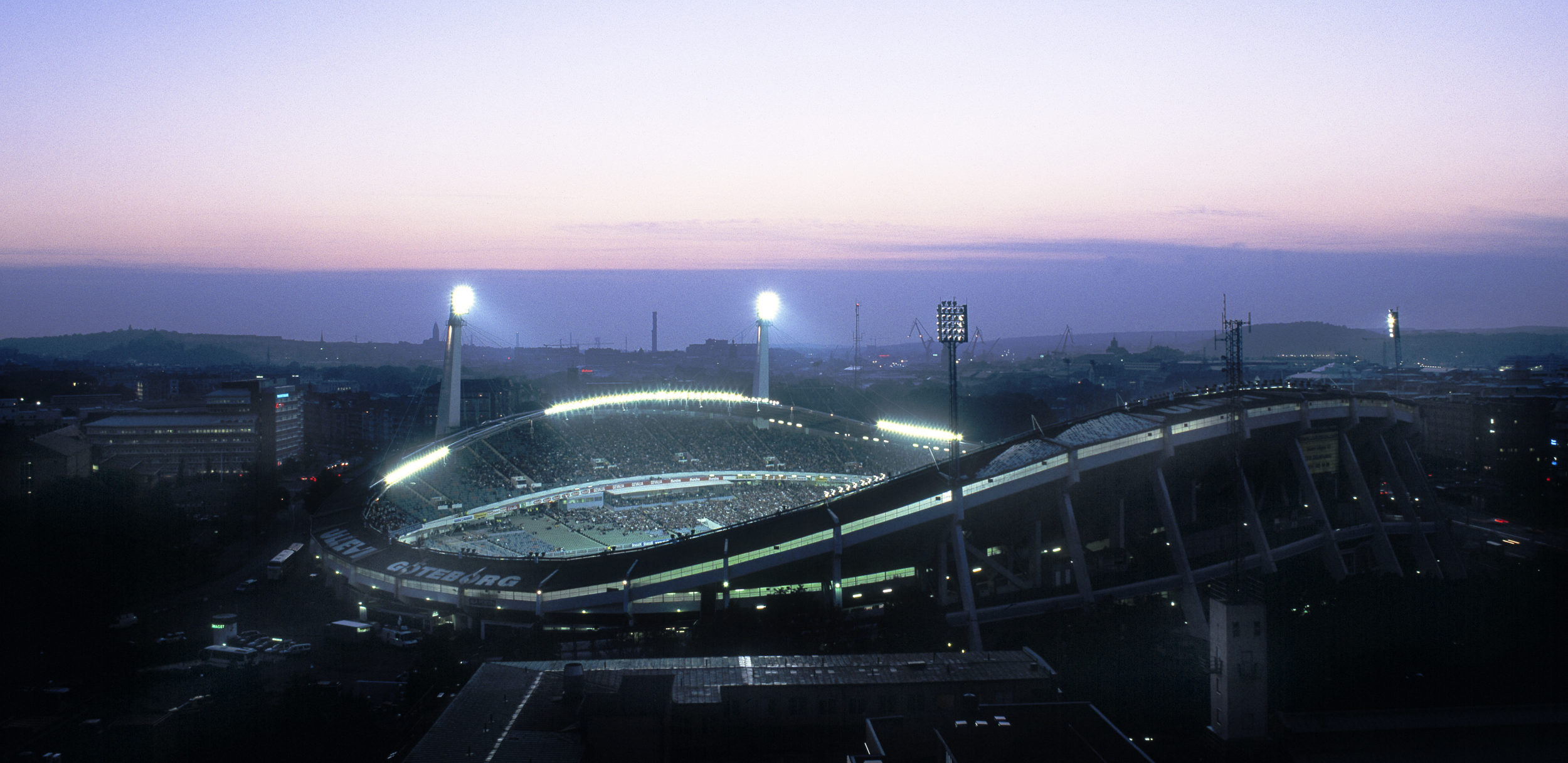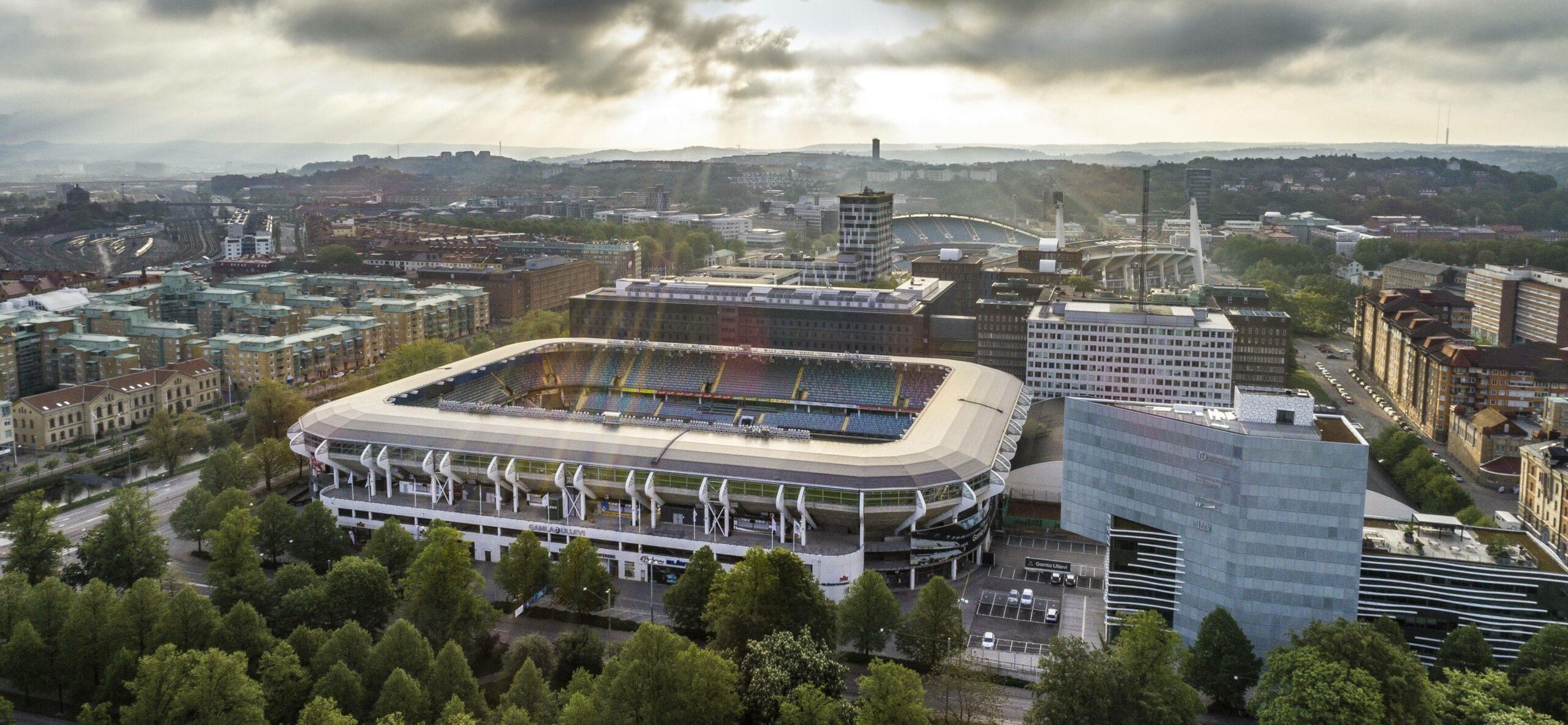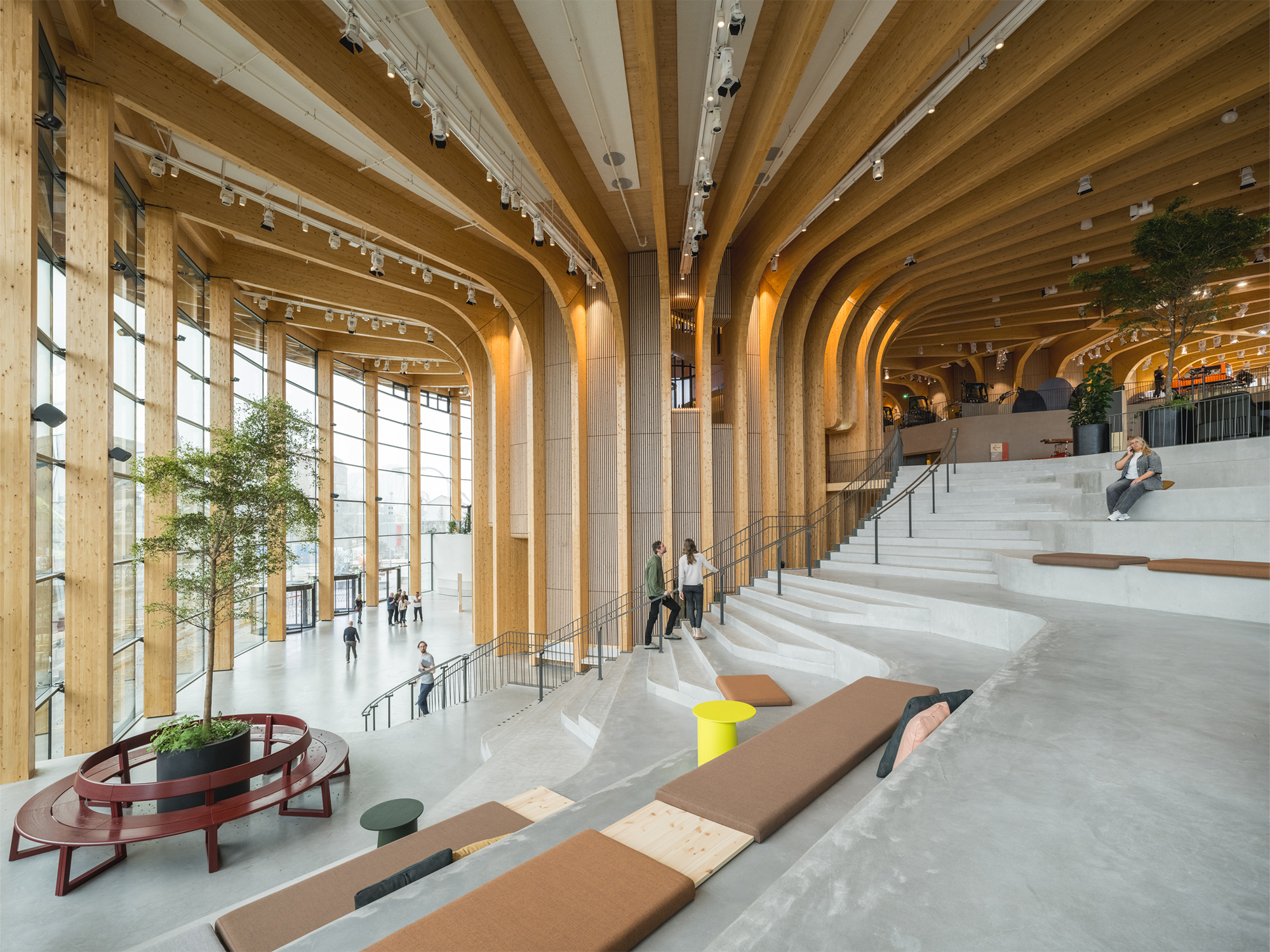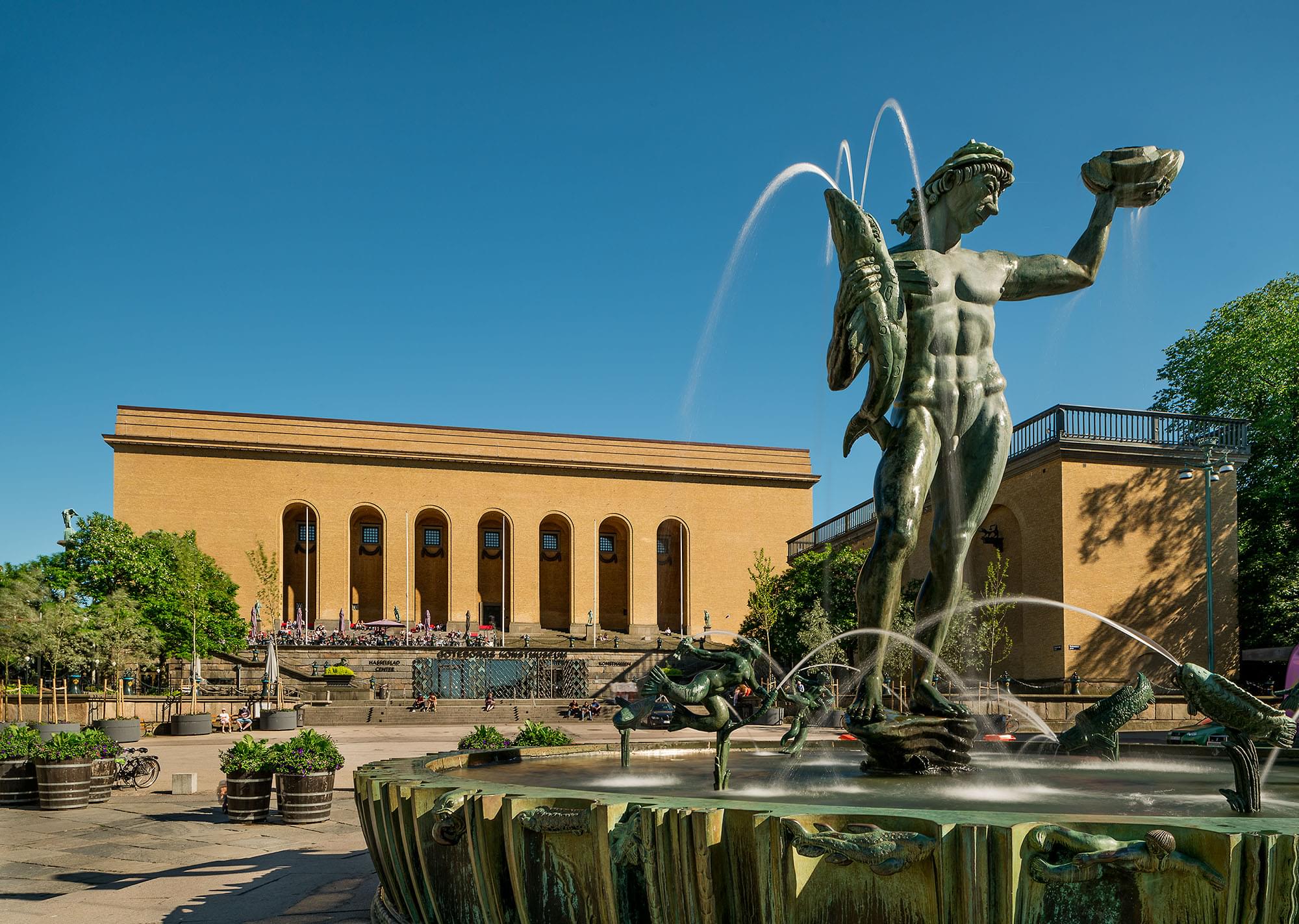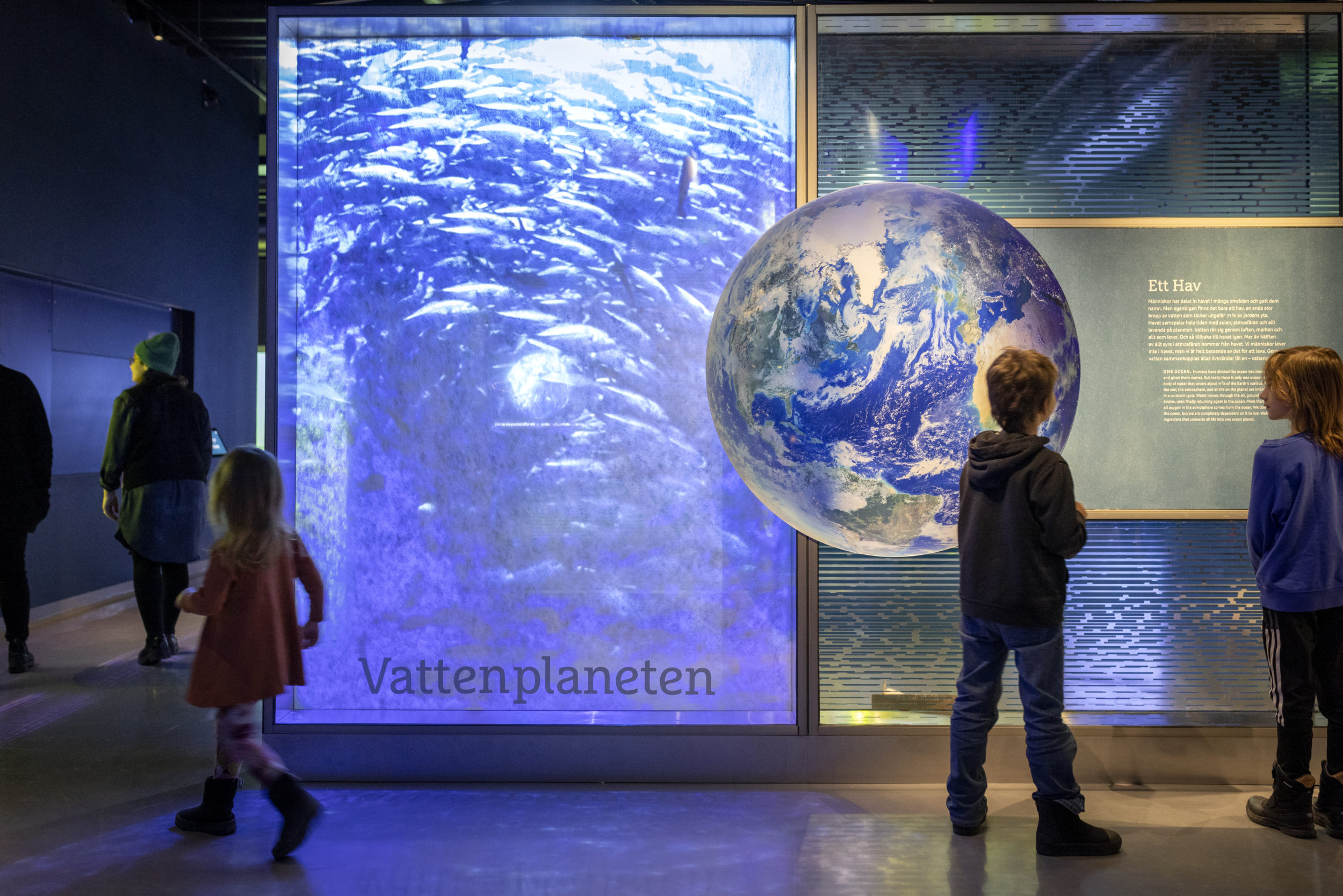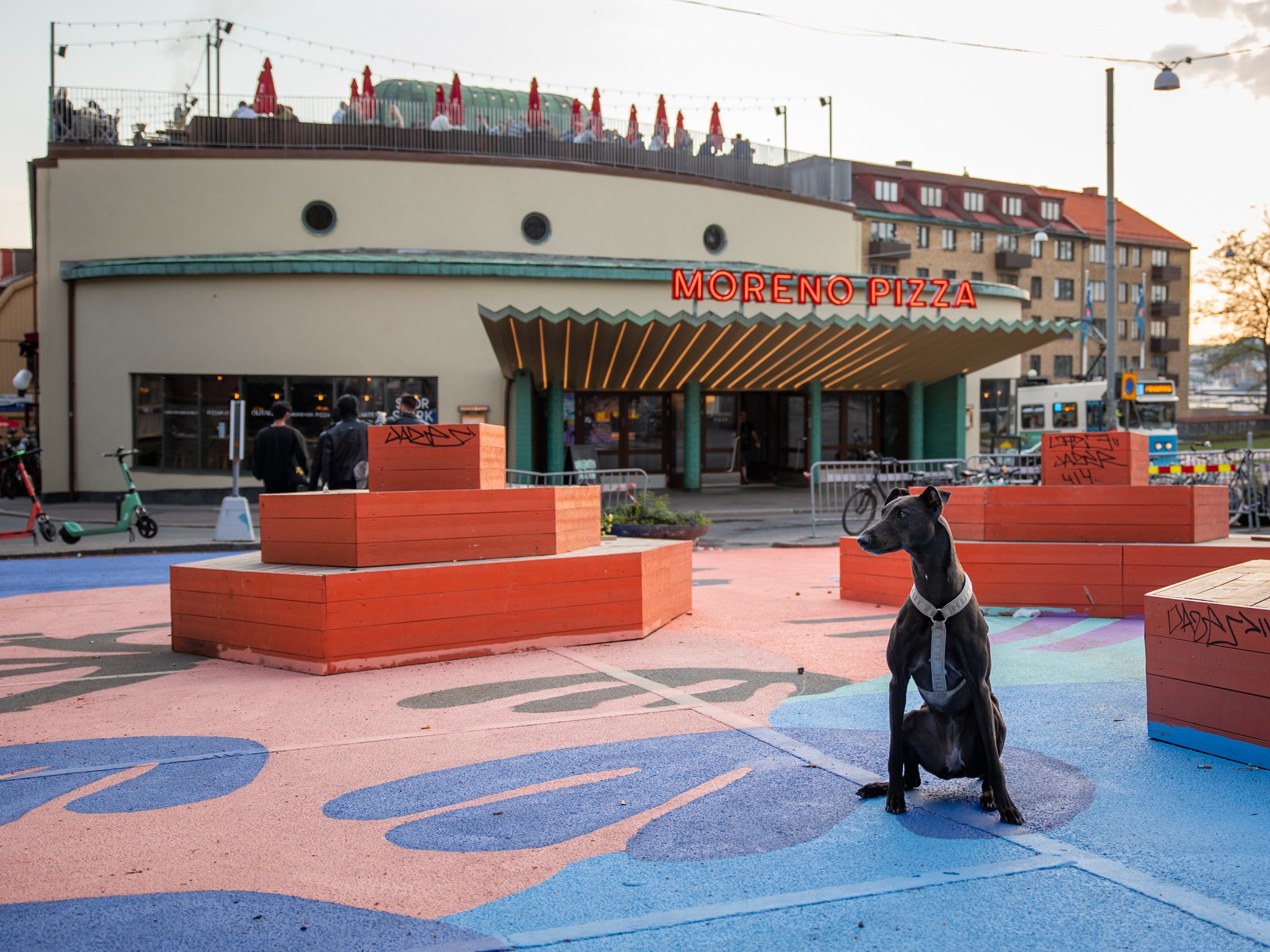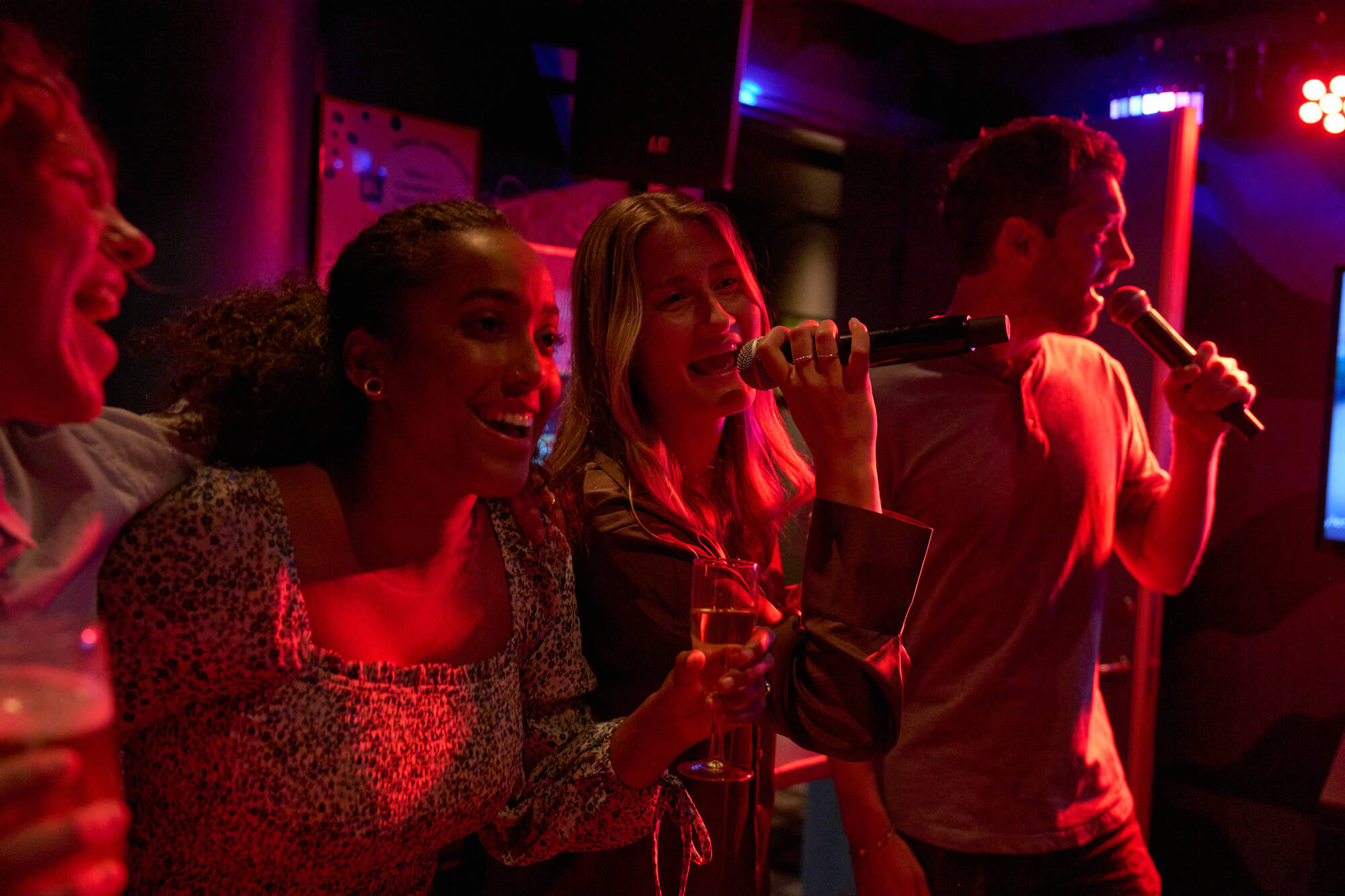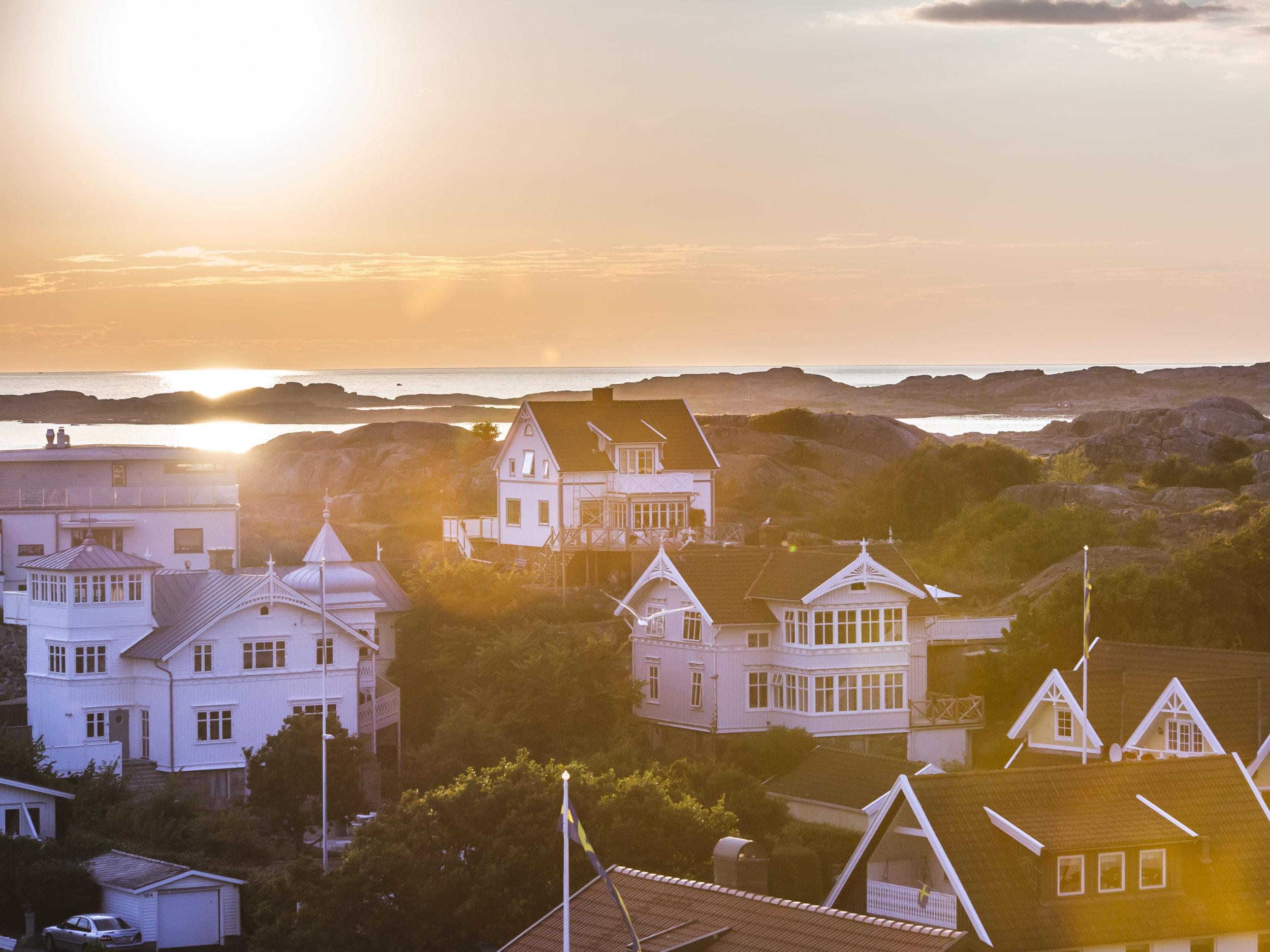Valhalla Idrottsplats
The football arena Valhalla Idrottsplats was inaugurated in 1964 and was then intended to replace Gamla Ullevi. Today, it is perhaps best known for having previously been the home ground of Kopparberg’s Göteborg FC, a club that later became BK Häcken FF, and because the arena was the first in Sweden with artificial grass.

Gamla Ullevi
On September 17, 1916, the arena was inaugurated, which was originally to be called Ullervi Football Field, but which later came to be called Gamla Ullevi (Old Ullevi). The arena was demolished in early 2007 to make place for a new, larger football arena which was inaugurated on 5 April two years later. The language professor and Gothenburg citizen Sture Allén was tasked with coming up with a name for the new arena, and after the proposal, which turned out to be the same name as before, it was decided that the newly built arena should also be called Gamla Ullevi. The new arena is today the home ground for both IFK Göteborg and GAIS, and is also the national arena for Sweden’s women’s national team.

Ullevi
The multi-arena Ullevi, Ullevi Stadion or Nya Ullevi (New Ullevi) as it was called during construction, has a rich history linked to various sports and music events. The arena was completed in the spring of 1958 and was built so that Sweden would host the World Cup in football during the same year. The classic semi-final between Sweden and West Germany was played here, which Sweden won, and also the final of the European Football Championship, which Sweden hosted in 1992, between Denmark and Germany was played in the arena. It was also here that the Gothenburger and boxer Ingemar “Ingo” Johansson was welcomed home by 20,000 Gothenburgers after the world champion title he took in 1959 in New York. A helicopter from the Swedish Marine Corps was ready at Torslanda airfield to take Ingo directly into Ullevi as soon as he landed on Swedish soil. If we jump forward a few decades, more specifically to 1985, the arena came close to collapsing during two iconic concerts with Bruce Springsteen. After much jumping from the audience, the arena ended up in self-oscillation and was in danger of collapsing. An urgent reconstruction was then initiated where the supporting concrete pillars were instead attached to the rock under the clay on which the arena previously rested.
Majvallen
At the western edge of Slottsskogen, in the southern parts of the neighbourhood Majorna, you’ll find Majvallen. The construction of the sport field began in 1946 and is primarily used as a football field, but can also function as an athletics facility as there are running tracks around the field. Since 2009, Majvallen has been an artificial turf pitch and is home to Gothenburg FF, Azalea BK, Sandarna BK, Pushers BK and SSC Emona.

Hagabadet
The gym and swimming pool Hagabadet has a rich history. The building was completed in 1876 and has been a building monument since 1997. The bath was originally built as Renströmska Bad- och tvättanstalten (The Renström Bath and Washing Institution) after the businessman and politician Sven Renström donated funds to the city of Gothenburg for “the promotion of beauty, health and health care”. In 1903, the middle part of the building was destroyed in a fire and a new construction was made according to drawings by Wilhelm Klemming, who had previously been involved in the construction of Sturebadet and Centralbadet in Stockholm. Today, the building is a beloved and well-visited gym, bath and spa.

Slottsskogsvallen
In connection with the Jubilee Exhibition in 1923, which was part of Gothenburg’s 300th anniversary, the new sports facility Slottskogsvallen was completed and inaugurated by the then Crown Prince Gustaf Adolf. The architecture is elegant 1920s classicism and the buildings are mainly built of wood. Here, the Swedish runner Gunder Hägg set the world record for an English mile in 1942, which was seen as the starting point for a fantastic career with many world records. The arena is still used today mainly for competitions in athletics.
